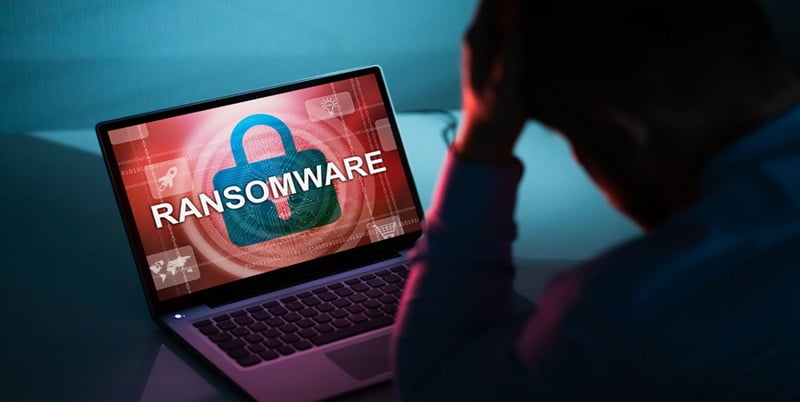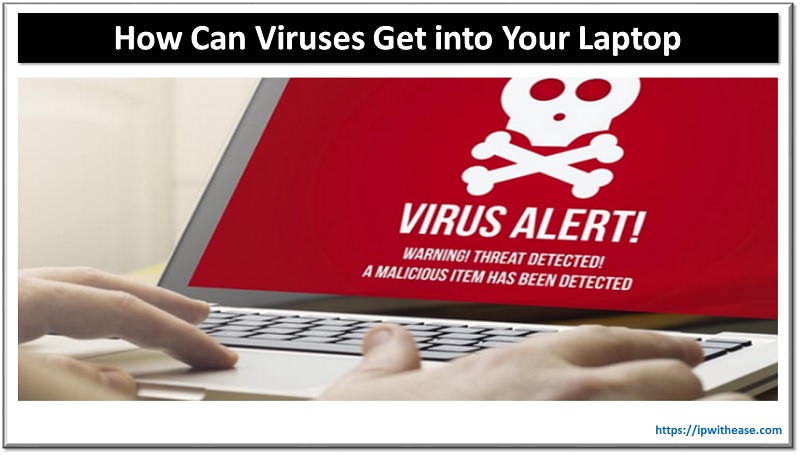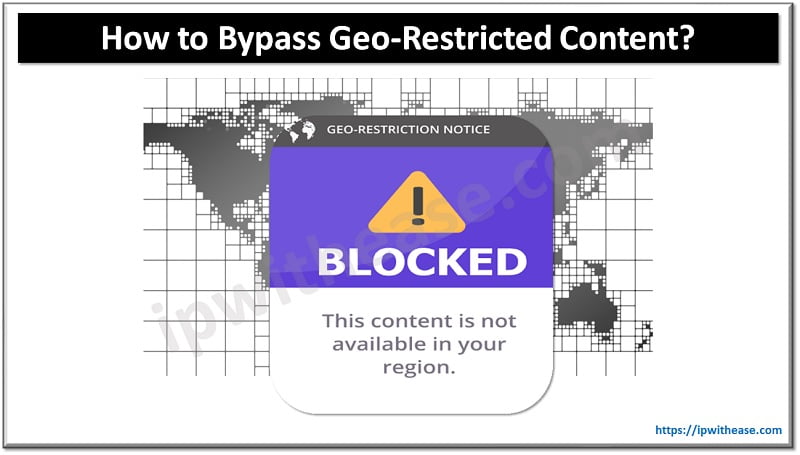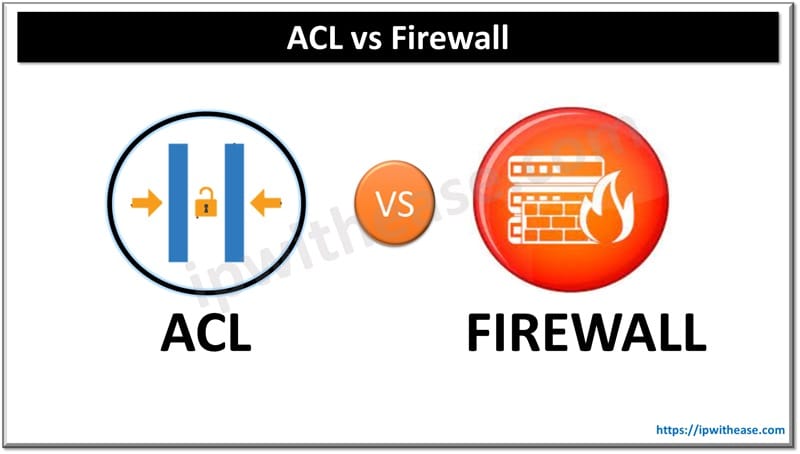The growth of digital connections has benefited society while also increasing cyber threats. Ransomware is a damaging attack type that encrypts essential data and demands a ransom in return for its release. It targets people, businesses, and major companies. These attacks may cause financial losses, brand harm, and business interruptions, presenting serious risks to people and companies.
Understanding the nature of ransomware attacks, their effects, and preventive measures is critical for dealing with this ever-increasing threat.
In this blog article, we will look at what ransomware attacks are, how they affect organizations, and, most importantly, how businesses may recover from them.

Understanding the Scope of Ransomware Attacks
Ransomware attacks, in which malicious software encrypts a victim’s data, rendering it unavailable until a ransom is paid, are becoming an increasing worry in the digital age.
Cybercriminals take advantage of flaws in a company’s security architecture to get unauthorized access to critical information. These attacks are carried out via phishing emails, malicious URLs, or ineffective security mechanisms. Ransomware attacks computers and swiftly spreads, preventing individuals from accessing their data by encrypting or scrambling files.
The repercussions of a ransomware attack may be severe, resulting in reputational harm, legal ramifications, and the necessity for more rigorous security measures. Successful ransomware attacks may be damaging because consumers may lose faith in the organization, and legal ramifications may include fines and penalties.
The Importance of Preventative Measures
It may not always be possible to completely prevent a ransomware attack, but adopting precautions ahead of time will help reduce the probability of their occurrence. Here are some important actions that firms should take:
Regularly Backup Data
Keeping safe and up-to-date backups of vital data on different storage systems is critical in the event of a ransomware attack. Updates and testing regularly assure their dependability and efficacy in the face of cyber attacks. This preventative strategy protects sensitive data and reduces the effect of ransomware attacks, minimizing the need to pay the required ransom.
Keep Systems and Software Updated
Updates to software are critical for preventing fraudsters from exploiting vulnerabilities and getting unauthorized access. Ransomware attacks target software that is out of date in terms of security. Enabling automated updates and monitoring vendor security fixes increases defenses against ransomware attacks and ensures the protection of digital assets.
Employee Training and Awareness
Employee threat training and testing are critical for averting ransomware attacks. Cybercriminals use phishing strategies to deceive users into disclosing personal information or downloading harmful malware. Updating and reinforcing cybersecurity knowledge regularly develops a culture of alertness and resilience, improving overall security posture.
Step-by-Step to Recover from a Ransomware Attack
If your company is the victim of a ransomware attack, a quick and well-coordinated response is critical. Here are the actions to take:
Isolate and Contain
Ransomware attacks may swiftly propagate over a network, encrypting data and prohibiting users from accessing it until payment is received. Organizations should disconnect the infected machine from the network to control the damage and reduce the effect on other devices and data. It is critical to act quickly to limit the danger and prevent the infection from spreading to other systems. Disconnecting the compromised machine gives security specialists time to determine the best solution.
Evaluate the Damage
Cybersecurity specialists are critical in ransomware recovery because they can evaluate the scope of the attack, investigate affected systems and information, and identify the ransomware. This assists businesses in understanding the effects of the attack on their IT infrastructure, developing an effective recovery strategy, and adopting security measures to avoid repeat attacks. Organizations must rely on cybersecurity specialists to guarantee that their systems remain secure in the future.
Determine Data Compromise
Identifying compromised or encrypted data is critical for ransomware recovery because it allows enterprises to prioritize and swiftly restore systems. Understanding the scope of the attack is critical for legal compliance since notification of data breaches may be necessary. Rapidly identifying damaged data assists enterprises in mitigating damage, protecting themselves against ransomware attacks, and ensuring data security and regulatory compliance.
Report the Incident
Collaboration with authorities and accurate documentation is critical after a ransomware attack. Sharing information about the attack, its effect, and specifics assists law enforcement in their investigation, increasing the possibility that assailants will be held responsible. By establishing tighter security measures and following legal duties, this knowledge assists recovery efforts and avoids future occurrences.
Restore from Backups
During a ransomware attack, it is critical to clean and protect the compromised systems to avoid additional harm and assure data security. This includes isolating compromised computers, screening and removing viruses using antivirus software, contacting cybersecurity specialists, recovering data from regularly updated backups, checking for viruses, and validating their integrity to avoid re-infection.
Strengthen Security Measures
Following a ransomware attack, comprehensive security analysis is essential to avoid repeat instances and preserve critical data. Upgrading firewalls, intrusion detection systems, and antivirus software is critical. Network segmentation, access restrictions, and user permissions are also critical. Strong authentication mechanisms, such as multi-factor authentication, improve security. Thorough examination and adjustments are required to preserve systems and data.
Communicate with Customers
Transparent communication is essential for restoring trust and loyalty after a ransomware attack. Companies should notify consumers about the occurrence and their reactions as soon as possible, displaying their commitment to safety. Transparency is increased by sharing information about improved cybersecurity measures. Regular updates and open communication may help build client trust.
Preventive Measures to Reduce the Risk of Ransomware Attacks
Prevention is always preferable to cure. Here are some preventative steps that firms might consider:
Robust Endpoint Protection
Protection against ransomware is enhanced by specific endpoint security solutions such as anti-malware, anti-phishing, and behavior monitoring. These tools check and eliminate harmful code in real-time, block suspicious emails, and look for ransomware activity in files and applications. Regular upgrades help keep networks and data safe.
Regular Vulnerability Assessments
Ransomware risk reduction requires regular vulnerability evaluations and penetration testing. Vulnerability assessments find system flaws attackers may exploit, whereas penetration testing replicates hacker operations. Software upgrades and security adjustments prevent unwanted access and improve system security, reducing ransomware attacks.
Security Awareness Training
Employee education and training must be ongoing to reduce ransomware threats. Employees should be taught about cyber dangers, how to avoid questionable communications, and the best security procedures. Prompt reporting and open communication may aid in detecting and mitigating threats.
Network Segmentation
Network segmentation is a proactive approach to reducing the risk of ransomware attacks by separating essential systems from less secure ones, erecting barriers to prevent virus migration, and improving security via granular access restrictions. Regular monitoring and maintenance are required to ensure its efficacy.
Conclusion
Ransomware attacks remain a major danger to organizations, inflicting considerable disruption and financial loss. Businesses might face significant challenges after a ransomware attack. They may need help accessing critical data, their job may be halted, and people may lose faith in the company.
On the other hand, businesses may take measures to recover from ransomware attacks successfully. Taking action to prevent attacks and reacting fast if an attack occurs may help organizations lessen the impact of a ransomware attack. This allows businesses to get back up and running more quickly.
Consider collaborating with cybersecurity professionals or purchasing cyber insurance to offer extra levels of safety. Cyber dangers continuously grow, so being prepared is critical to protecting your organization. Keep attentive, keep prepared, and maintain your company’s resilience in the face of cyber-attacks.
Continue Reading:
WannaCry Ransomware Fully Explained
Network Vulnerabilities and the OSI Model
ABOUT THE AUTHOR
IPwithease is aimed at sharing knowledge across varied domains like Network, Security, Virtualization, Software, Wireless, etc.



